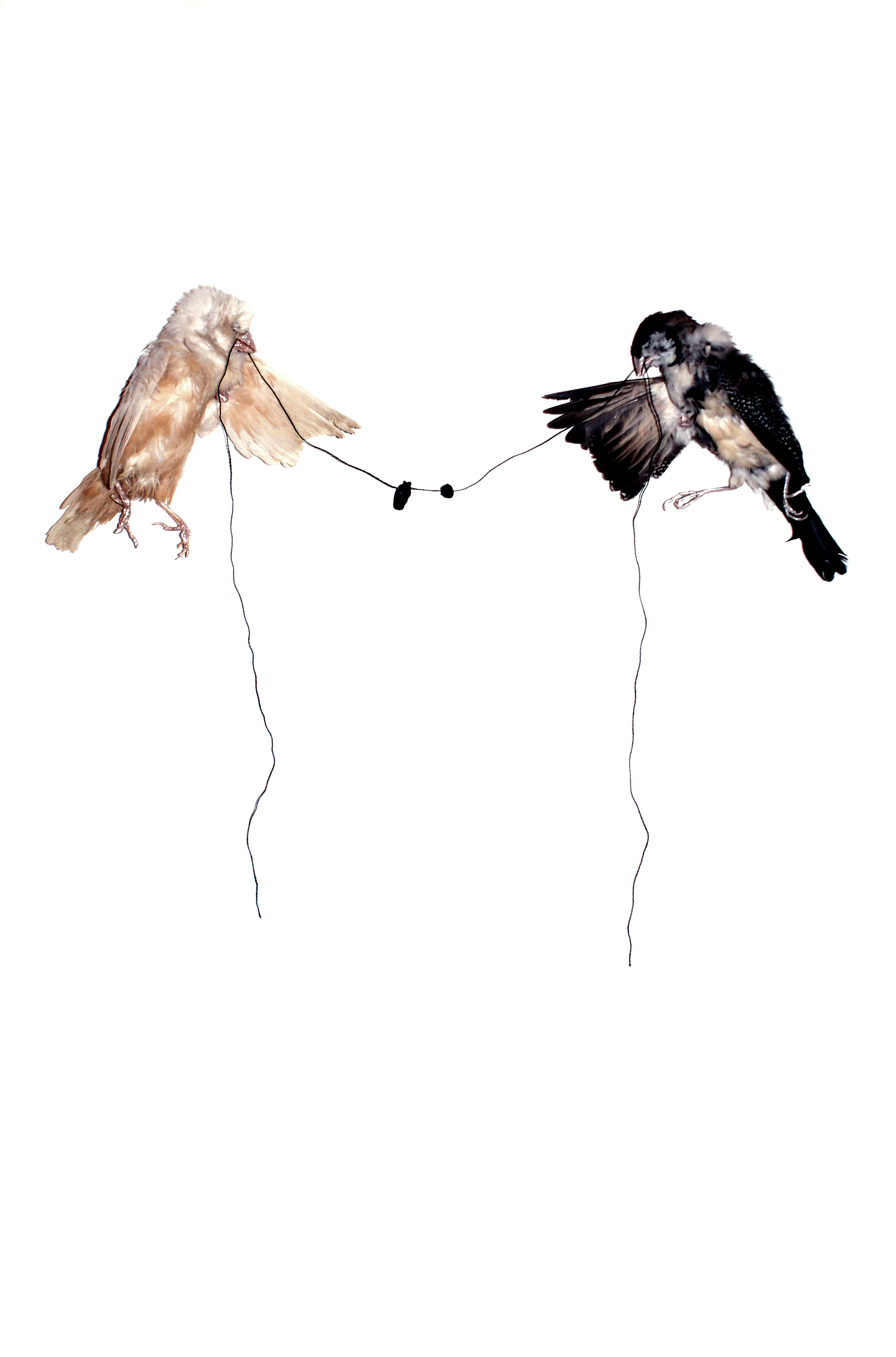Books belong to the white market.
Drugs are traded on the black market.
Lots of modern products and services are traded on the gray market – somewhere in between the white, legal market and the underground, illegal, black market.
Despite being illegal to trade human tissues and bodies, the red market thrives with flesh exchange taking place every single day.
The red market is disguised under the respectability of medical services like transplants and IVF which can be legally billed in most countries.
The red market is disguised under the oath of altruism – giving your tissues for free in the name of science and saving other lives, while buyers pay stiff prices for these benefits. The only problem is that altruism is in short supply. And that’s where the red market enters, trading tissues, organs and even bodies by coercion or financial incentive. The red market is the modern version of cannibalism where middlemen thrive when the seller/donor and the patient don’t interact directly.
The red market thrives on a lack of transparency disguised as donor privacy and on vulnerable people in need of fast cash: students, immigrants, refugees, inmates, nursing home residents and the poor of the world. Attracted or in dire need of cash, these people receive a fraction of the price paid by the desperate buying the services of the red market, as depicted in the investigative journalistic masterpiece book ‘The red market‘.
An enlightening read, this is a thought-provoking book for the life extension community. People can get so attached to a treatment idea that they get past all ethics. Besides, life is not even prolonged that much or the quality of life suffers a lot.
Who said farms exist for producing our food only?
There are all sorts of specialized farms:
- bone farms for the assembled skeletons used in medical schools and biology classes. And since medical schools mushroomed in several countries, so did the skeleton trade. The cheapest raw matter still comes from local graveyards.On a smaller scale, bones like skulls and tibiae are memento mori symbols highly prized by Buddhists from Bhutan. The tibial bone is sculpted as a flute and half of a skull is used as a bowl – vivid reminders of one’s mortality indeed. Can one still be vain after using such objects on a daily basis?
- blood farms for keeping emergencies at bay where voluntary donation is rare because of local superstition e.g. in India
- cadaver farms supplying workshops that allow surgeons to practice new techniques
- human hair harvested for free in Hindu temples and later on openly sold on auction
While reading ‘The red market‘, I was saddened that people make a living by drug testing. Although who would do it for free? Donors are rare. Professional testers not so rare.
Apart from life extension, there is a second part of the red market. The reproductive red market entails:
- egg donation
- surrogacy
- adoption where children are kidnapped for the fees instead of being left behind for objective or not so objective reasons
Just like with life extension, people can get so caught up in their desire to conceive or raise children that they unwillingly let ethics go away.
The main idea is that legal and illegal red markets sell hope for a longer and/or better life. These markets are the modern version of cannibalism. The foundation of free donation is there, but donation is rare. So the commercial system built on top of altruism makes everything a house of cards ready to lose balance. Altruism has become the excuse to buy raw materials on the cheap.
Another reason for the blossoming of red markets is the discrepancy between the progress in surgical techniques and medical imaging and the stagnation in drug development. Could regenerative medicine bridge this gap one day, whether by facilitating the conditions leading to self-regeneration or implanting replacement parts?
Our society is caught between two evils. We don’t want human body parts to be sold as commodities. At the same time, we cling to the illusion that spare body parts like kidneys would prolong our lifespan, even with a couple of years more. Could the synthetic market stop the red market? In other words, could artificial organs stop the demand of human tissues that causes so much suffering on the one side and so much ethical breach on the other?
The answer is that innovation can destroy red markets one by one. Some victories include:
- plastic models which have mostly replaced anatomical specimens for educational purposes
- synthetic human growth hormones that have destroyed the trade in pituitary glands
Hope (in life extension) lies at the heart of every red market. Use that hope to advance sound regenerative medicine techniques. That’s all I’m asking you.
Anca Ioviţă is the author of Eat Less Live Longer: Your Practical Guide to Calorie Restriction with Optimal Nutrition ,The Aging Gap Between Species and What Is Your Legacy? 101Ways on Getting Started to Create and Build One available on Amazon and several other places. If you enjoyed this article, don’t forget to sign up to receive updates on longevity news and novel book projects!
Don’t miss out on the Pinterest board on calorie restriction with optimal nutrition where she pins new recipes every day.
https://www.pinterest.com/longevityletter/eat-less-live-longer/
Or the Comparative Gerontology Facebook Group where you can join the discussions on how species age at different speeds and what could be the mechanisms underlining these differences!
https://www.facebook.com/groups/683953735071847/





